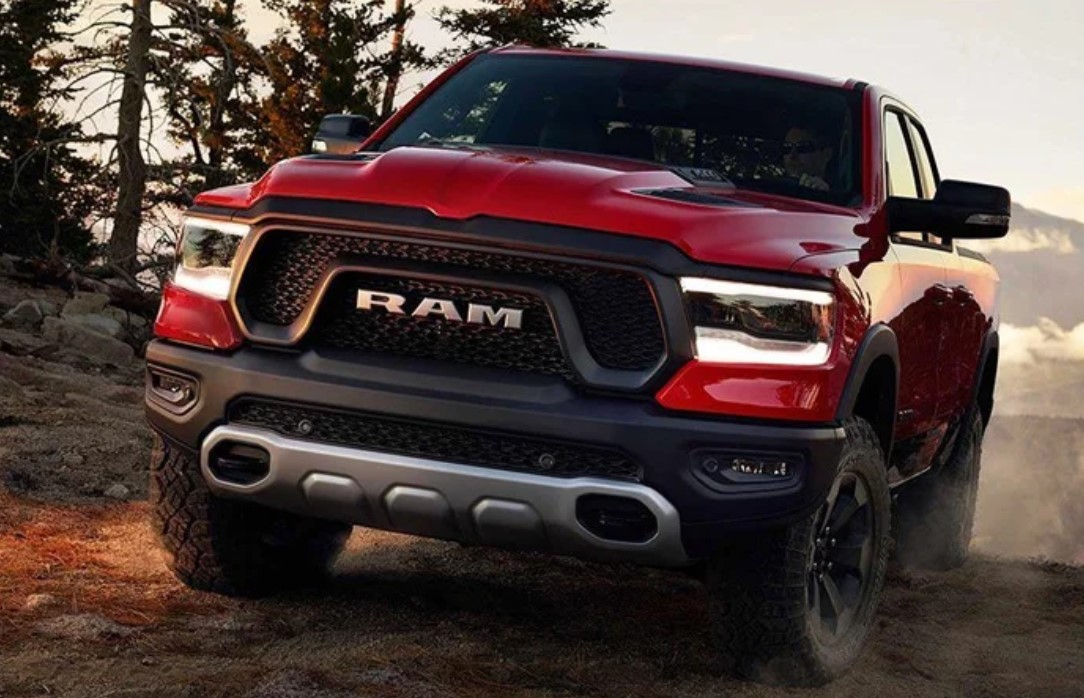Every fifty years or so, the retail sector undergoes severe disruption. Look at it this way, big cities and the rise of railroads allowed modern department stores to boom a century and a half years ago. Fifty years later, automobiles were mass-produced and saw shopping malls and speciality retailers line up in the newly forming suburbs, posing serious challenges to the big city-based department stores. Around the 1960s to 1970s, discount chains came to rise, undermining the old style malls. It is evident each wave of transformation doesn’t eliminate the latter, but it reshapes the landscape while redefining customer expectations. Former retailers either adapt to the new swifts or be swept away as the new ones pull up volumes making the remaining less profitable.
Like most disruptions in the retail space, digital retail technology got its share of a shaky start. Ecommerce ran wild in the 1990s until something happened that slowed the dot.com bubble. A couple of speculative strategies combined slowing down the growth pace. The ensuing collapse provoked a quick shift to economic realities. Ecommerce now is a booming reality, with exponential potential to explore further. Consumers continue to build confidence by reading reviews of online shopping outlets from reviews sites such as Reviews Bird UK and the likes. It is now easy for consumers to research and purchase from online outlets that are reliable and deliver what they promise on time.

What to expect
Customer experience and satisfaction as a priority: It should not be a surprise by now that experience drives sales. Customer expectations are shifting from brands and products to relationships. Customers prefer to deal with honest and transparent companies long term.
Transaction-less experiences: Amazon, for example, paved the way for its transaction-less Go-store. And now other brands are following suit. Shoppers won’t require e-wallets as digitization moves towards cashless payments. There will be no cashiers or processing payments in the future. Expect traditional brick and mortar stores to pave the way for digital and eCommerce platforms in the future; we are already experiencing this in most parts of the world.
Eco-friendliness and sustainability: Modern consumers are aware of the need to care about the environment. And they will want to do business with eco-friendly brands. Stores will improve their conservation efforts as a way to attract and connect to customers. Sustainability will significantly impact everything retailers mind, from the manufacturing stage to the marketing level. From the marketing level we can expect to see less paper-based marketing and more digital. Digital signage is quickly replacing paper and plastic signage.
Omnichannel retailing: As the retail space evolves, there is so much to expect. We can see already digital retailing morphing into something else we didn’t anticipate. Omnichannel will reflect how customers will interact with countless channels before clicking the purchase button. Examples of these channels include websites, social media, mobile devices, call centres, home devices, televisions, gaming consoles and more.
Wrapping it up, we can say confidently that the future of shopping is around the corner if it is not already there. We have seen the beginning of the trends that will reshape how shopping experience will be for future generations. These trends will dominate the retail world in a few years to create an entirely different shopping experience.



